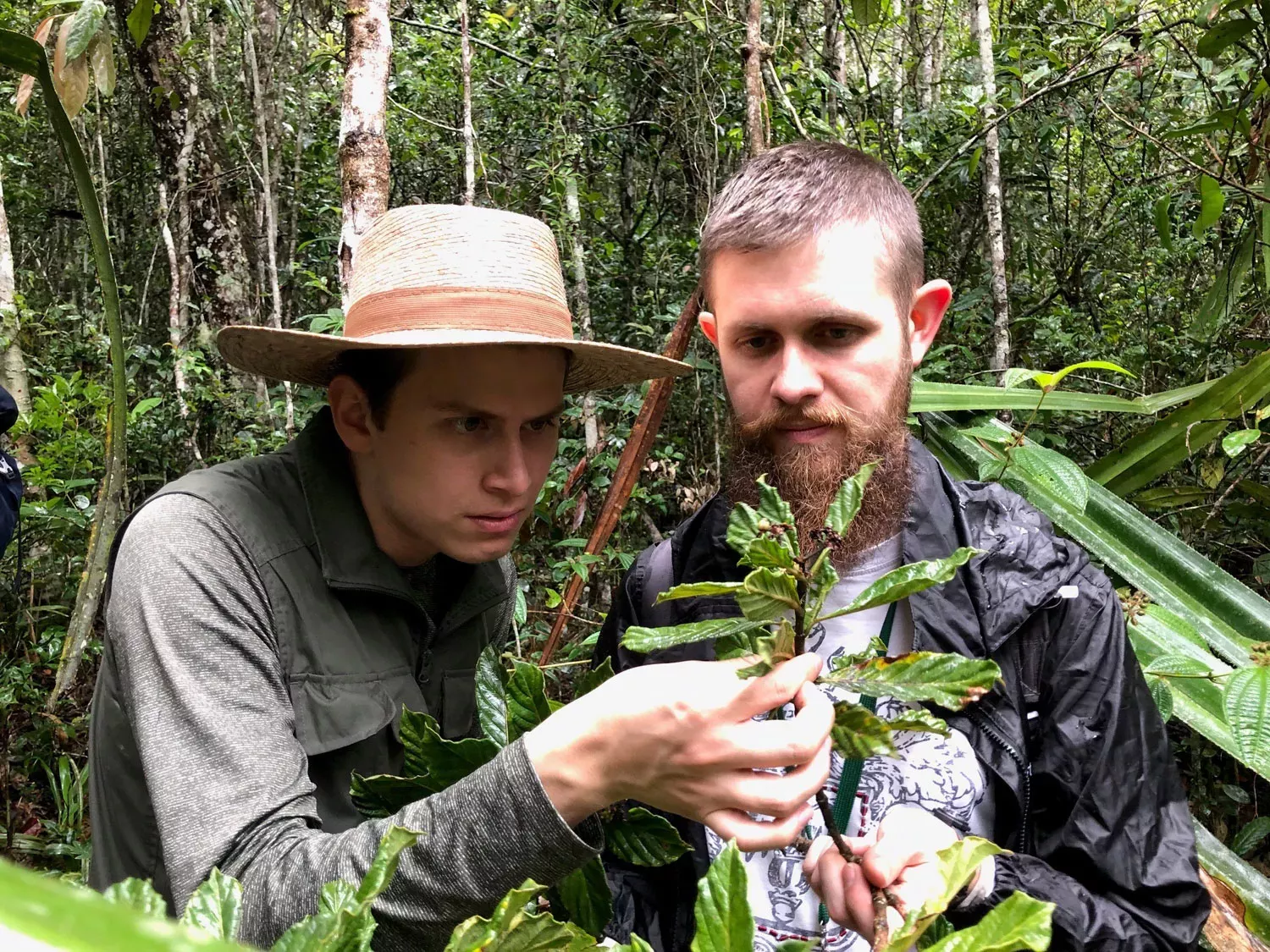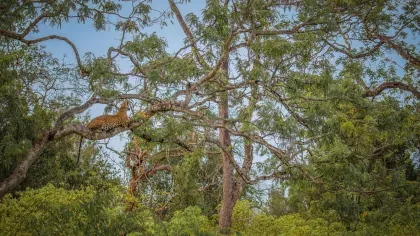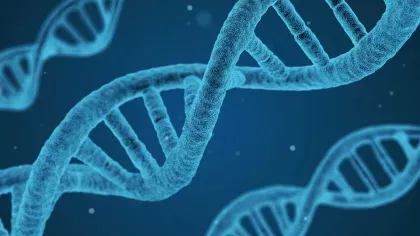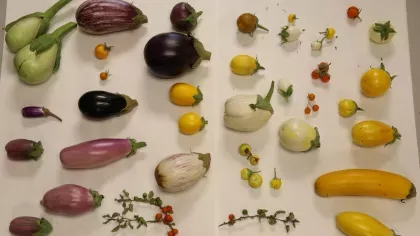17 March 2020
Africa's green jewel
Our MSc students have just returned from an expedition in Madagascar.

Whatever you read about a humid, tropical forest, it can never really prepare you for what you will find. Diversity explodes like nowhere else.
I’ve just returned from a 3-week expedition in the humid forests of East Madagascar, training our 23 Kew-Queen Mary University MSc students in how to survey plant and fungal diversity.
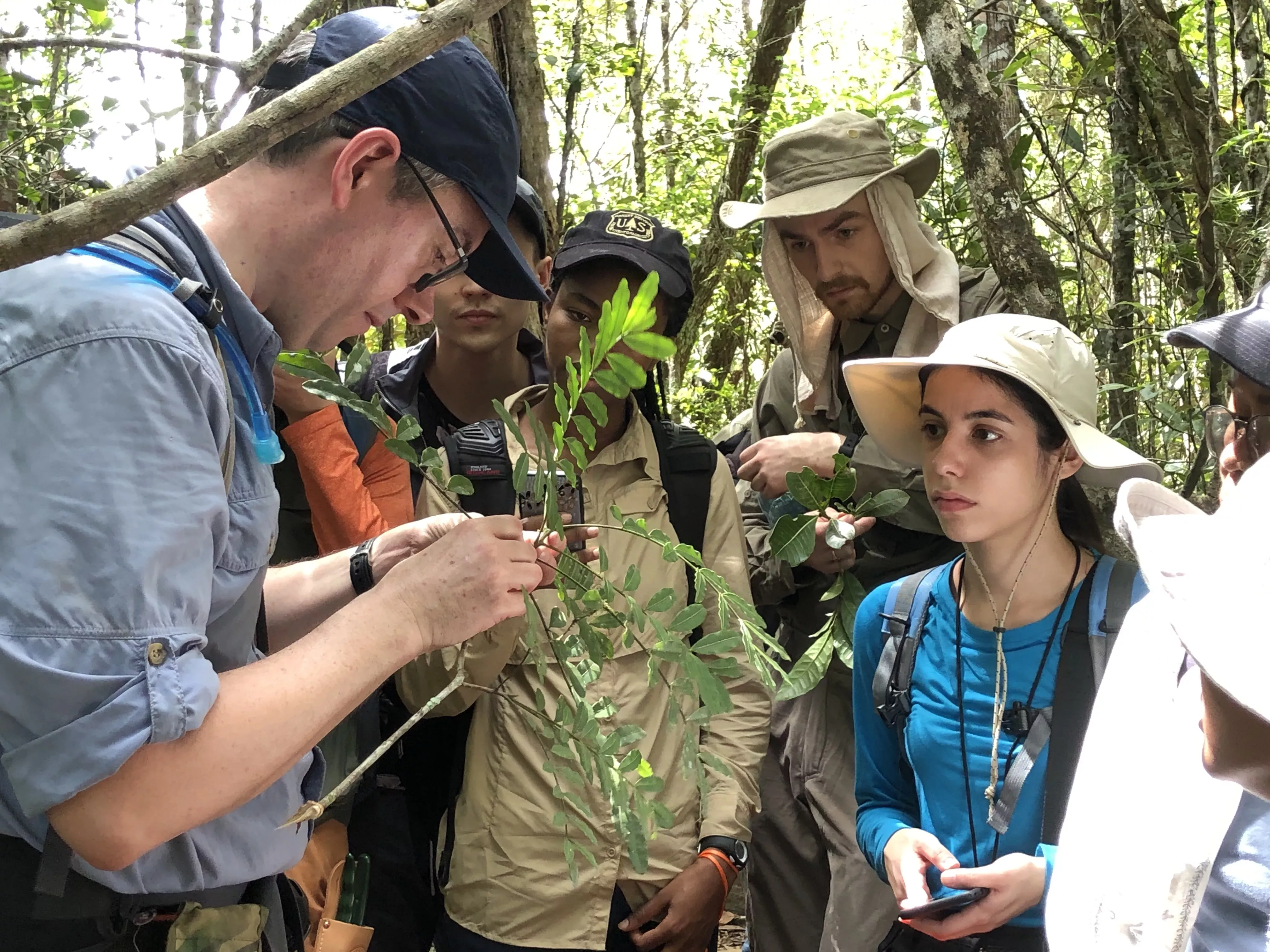
Discovering the unknown
During the trip, we get the students to create a checklist – a summary of all the plant and fungal species encountered in our patch of forest.
This checklist can be used by national park managers to help to manage and conserve biodiversity in the area.
It didn’t take long to get well into the hundreds of different species. Many of them rare, some, especially the fungi, may yet to be found to have never been previously described and named.
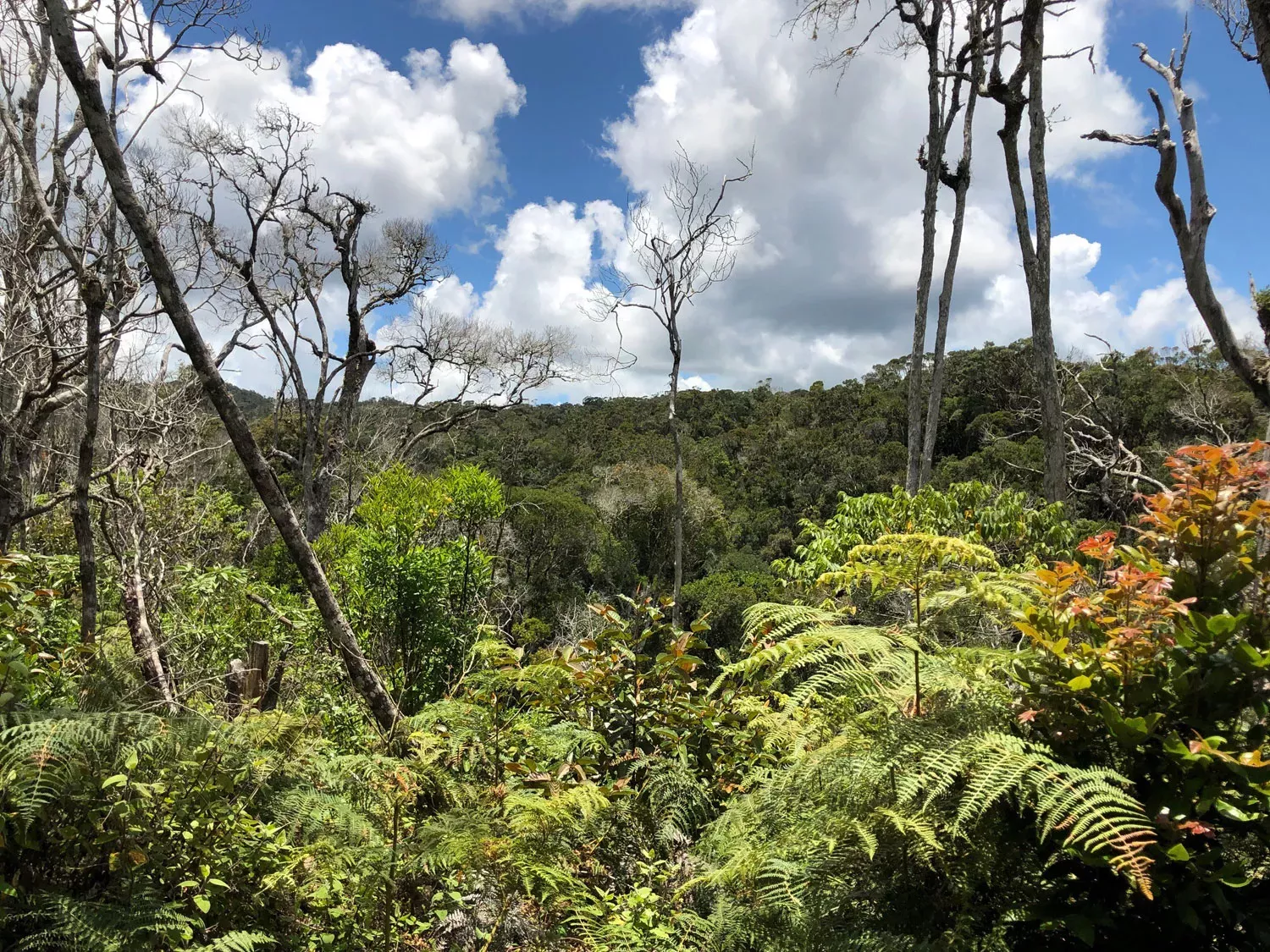
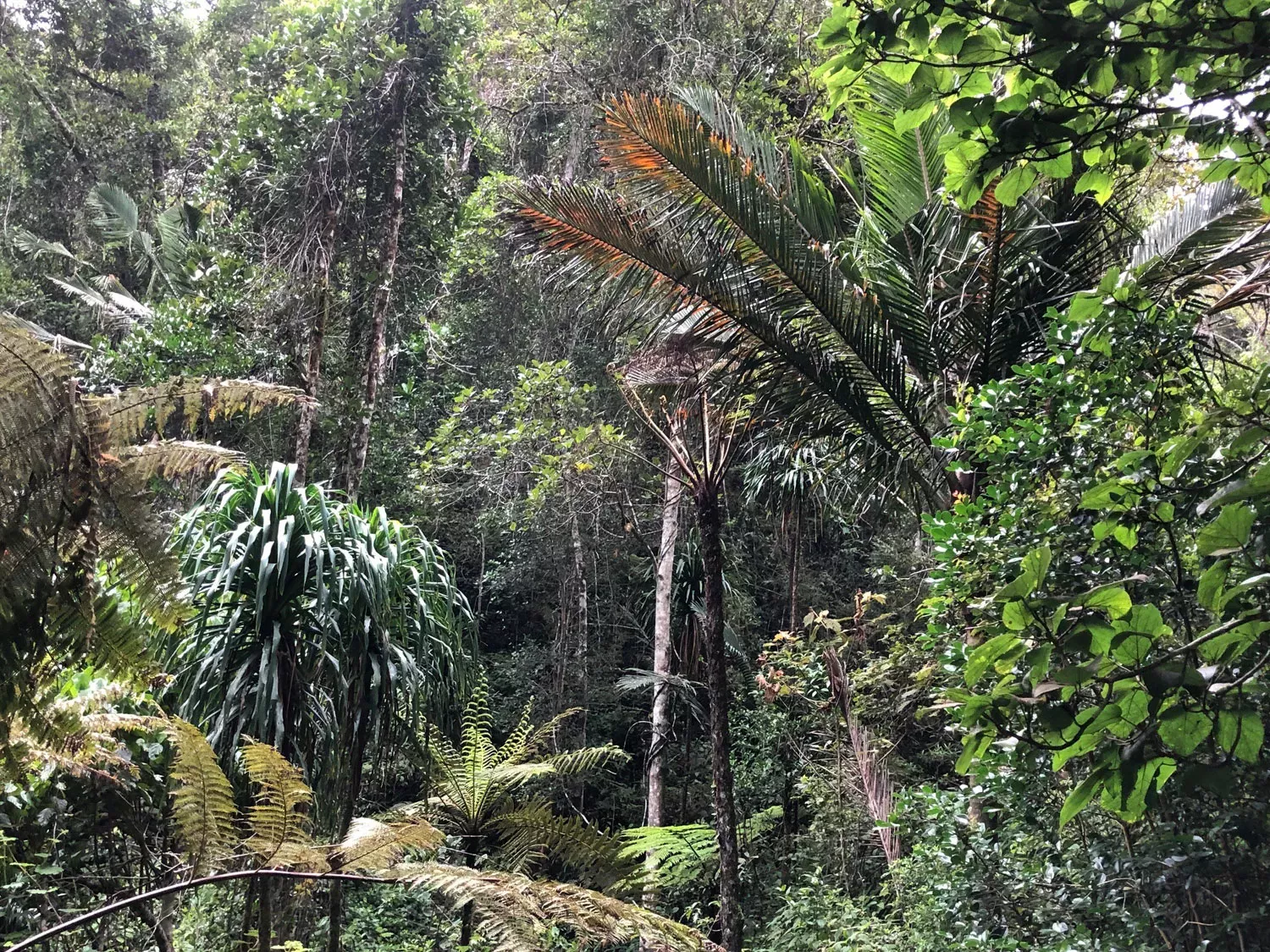
Forest guardians
Youssouf, one of our guides, taught us about the Mitsinjo Association – a group of passionate individuals, who have taken the protection of their land into their own hands.
Around 50 local village people have come together to acquire a patch of forest on the edge of Mantadia National Park, which they are slowly restoring.
They then share what the forest has to offer in a sustainable way with the local people. Interestingly, much of the money they earn from the forest and as eco guides to tourists is returned to the government as ‘rent’ for the land they are trying to protect.
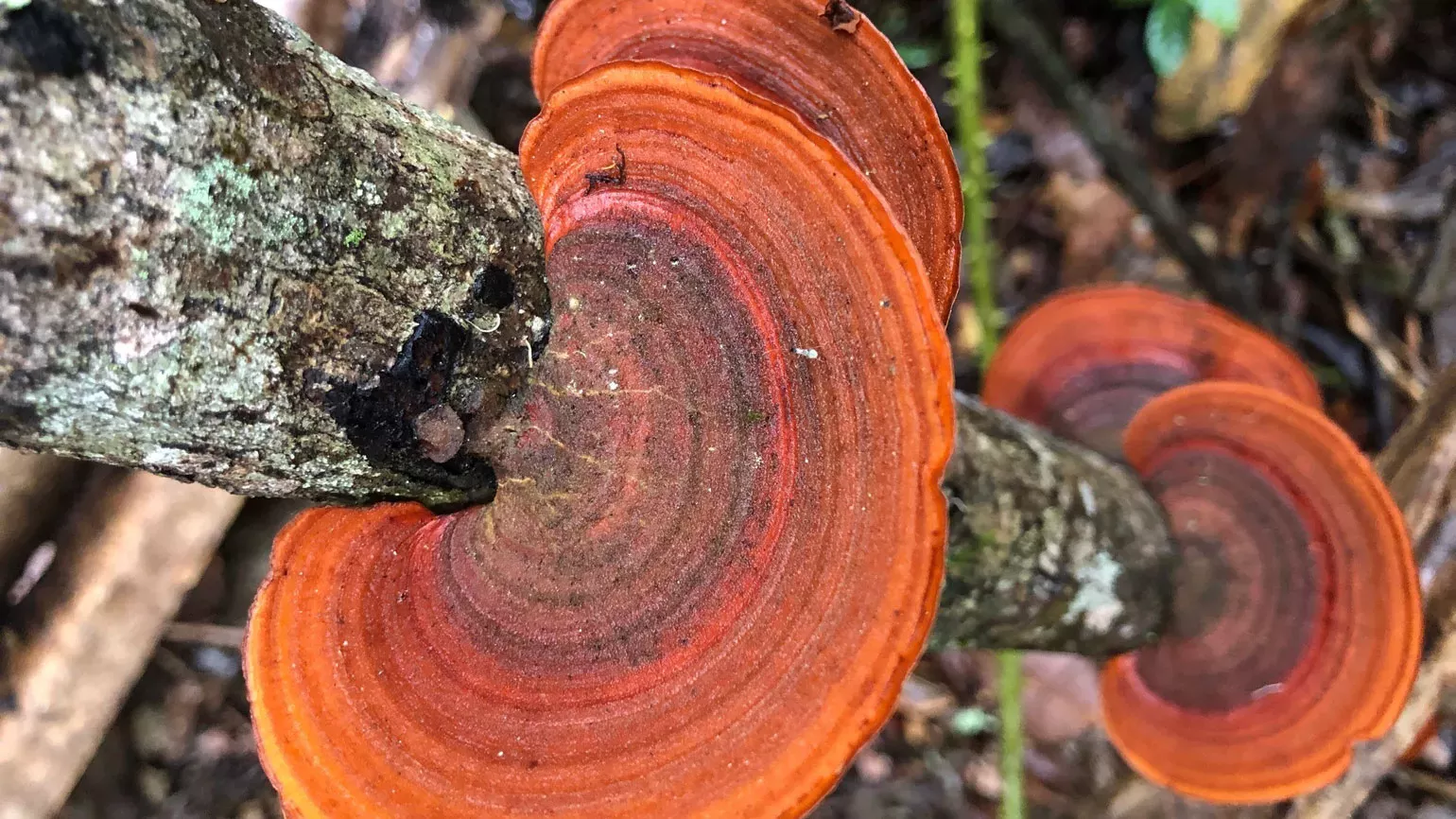
Island of lemurs
Visiting the nearby nature reserve of Analamazoatra, I saw more lemurs than ever before.
Brown, sifakas and indri could be seen and heard every day.
At first I thought this could be a sign that numbers were increasing to sustainable levels – only to be told that these new lemurs were not the progeny of existing populations, but were new individuals seeking sanctuary from other areas of forest that were being cut down.
The biodiversity crisis is real and happening every day. Our experience of the challenges faced by the forests of Madagascar highlight the stark reality of what our world might be like in just a few more decades.
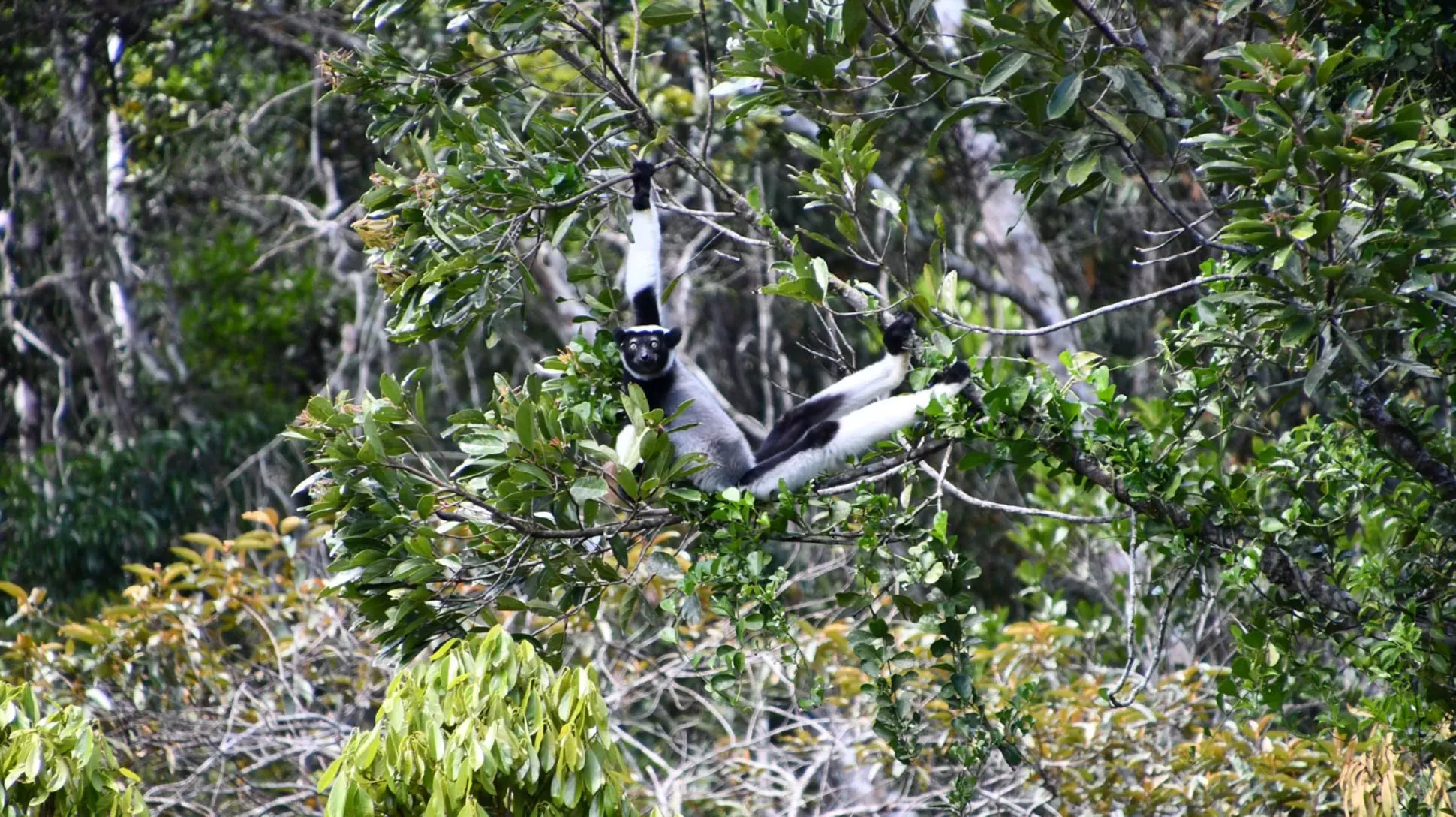
Training our future biodiversity experts
This is the fifth cohort of our MSc students that have had the opportunity to visit the island of Madagascar, and the third time for me.
It’s a real privilege to spend time with our staff based on the island, and to be guided around what may be some of the last remnants of primary forest cover.
So why do we show our students all this?
Whether they decide to develop their careers in areas of research, policy, commerce or industry, or indeed focus on becoming the biodiversity experts we’re training them to become, they need to see the real and immediate threat to biodiversity we are facing.
They also get to see that all is not lost. Learning from people like Youssouf, seeing the work of our in-country teams of staff and becoming a part of it themselves gives them a sense of ownership and responsibility that no lecture ever could.
